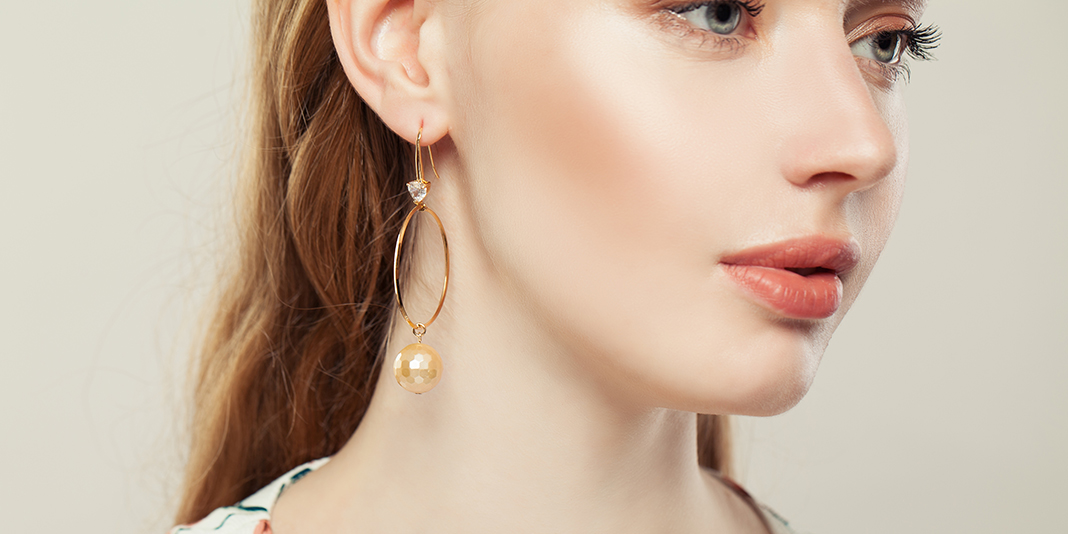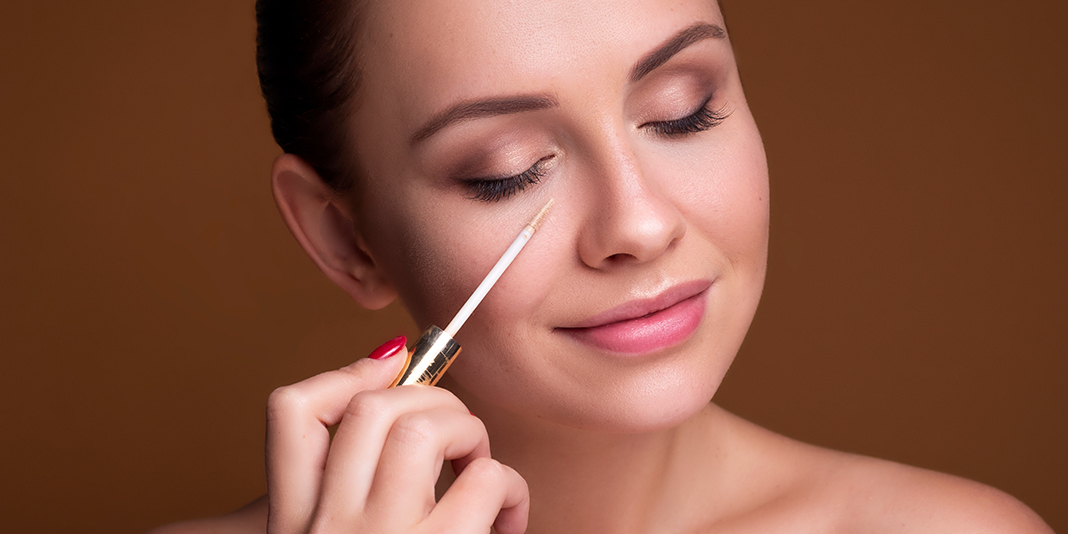It seems like lately, everyone’s talking about IUDs. There are the Colorado lawmakers wearing IUD earrings and lapels in support of a bill calling for funding for long-acting and reversible contraception. In January, reproductive justice activist Alison Turkos live tweeted her IUD insertion. Her Storify has been viewed more than 50,000 times. In February, the FDA approved yet another IUD, Liletta (good for three years). It will join ParaGard, Mirena, and Skyla in giving women options for reliable, longterm contraception.
Wondering if the IUD might be a good option for you? Here are some answers to your common IUD questions.
What is an IUD?
An IUD is a small, long-acting, reversible, and highly effective contraceptive device inserted into the uterus by a doctor. A plastic string tied to the end of the IUD hangs down through the cervix into the vagina.
What kinds of IUDs are available? How do they work? How long do they last?
ParaGard: copper, non hormonal, works for up to 12 years.
How it works: Copper is released into the uterus and acts as a spermicide (destroys the sperm).
Mirena: contains the progestin hormone, works for 5 years.
How it works: Mirena releases progestin into the uterus, which thickens the cervical mucus so that sperm can’t reach the egg.
Skyla: contains progestin, good for 3 years.
Skyla is the IUD that’s been most recently approved by the FDA. It’s smaller in size than Mirena and is marketed towards younger women who have not yet given birth.
How it works: In the same way as Mirena.
What are the side effects of IUDs?
ParaGard can cause heavy or painful periods, even if you’re not predisposed to them. The first 6 months can be the most difficult in terms of these, but the longer it’s in place, the side effects will ease. IUDs do not prevent or protect against STDs/STIs.
What can go wrong during my IUD insertion?
“Infection is a risk directly after the insertion, for about 3 weeks afterwards, but they’re not common,” said Emily MacDonald, a medical educator at the Brooklyn Free Clinic. “Expulsion is a possibility, there’s about a 5% risk with both the copper and the hormone, which becomes less frequent after the first year. Malpositioning happens as well, and although it doesn’t affect the efficacy of the IUD , it might cause infection. Your provider would clarify this with a pelvic exam/ultrasound.”
Will it hurt to have my IUD inserted?
“The idea of a foreign body being inserted is scary for some women,” said Dr. Karen Tang, a GYN in Philadelphia. “There is some discomfort associated with insertion, but it’s different for everyone. Mirena and ParaGard can be a little harder to insert if you haven’t had a vaginal birth. We also traditionally perform insertion during menses so that the cervix is dilated, it makes the introduction of the IUD easier.”
Can my partner feel my IUD strings?
“The strings of an IUD aren’t like tampon strings,” said MacDonald. “They’re thin, soft wire, they don’t just hang down, they meld into the wall of the vagina. If your partner can feel them, it’s because they’re too long, they can be easily be fixed by visiting your provider and having them snipped.”
How is an IUD removed? Will an IUD affect my ability to get pregnant once it’s removed?
“Removal is really easy,” Tang said. “We set things up like you’re going to have a Pap Smear, then pull the string, it’s very fast.”
The legacy of the Dalkon Shield, sold in the millions by The A.H. Robins Company in the 1970s, has continued to impact the way women think about IUDs. The faulty design of the device resulted in Pelvic Inflammatory Disease, sepsis, and infertility. Some who remember the Shield might remain skeptical about the efficacy and impact of IUDs in general, particularly for women who haven’t been pregnant before, but new devices have been endorsed by the American College of Obstetricians and Gynecologists.
“There’s no reason to think that IUD leads to infertility,” Tang said. “With the Mirena and Skyla, progesterone causes thinning of the uterine line, so you might want to wait a cycle or so to let the lining build back up before you start trying to get pregnant, but for some women, they don’t need to wait. For the copper, there’s no need to wait.”
You should never try to remove your IUD yourself.



































